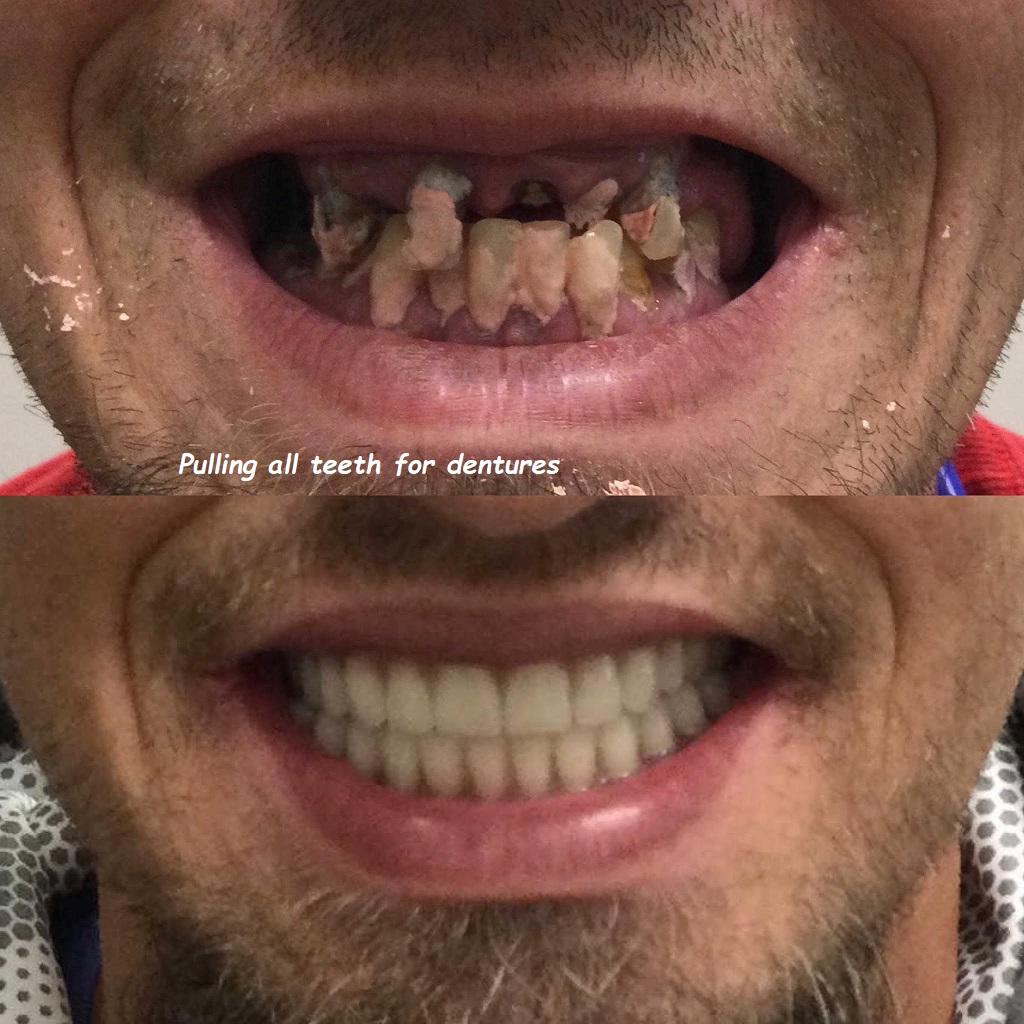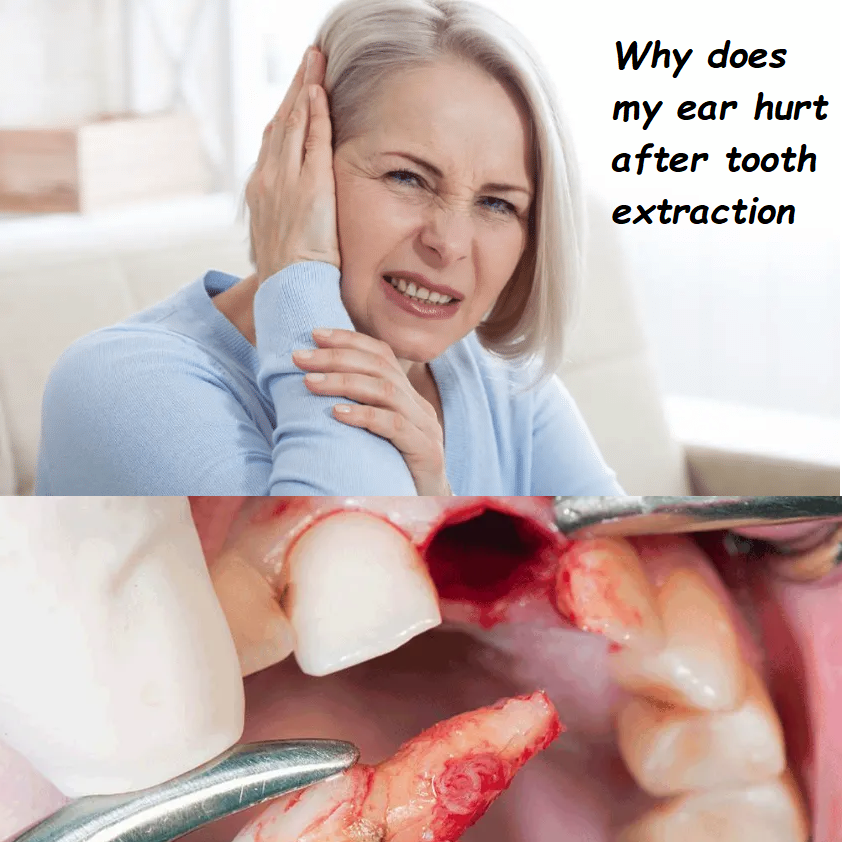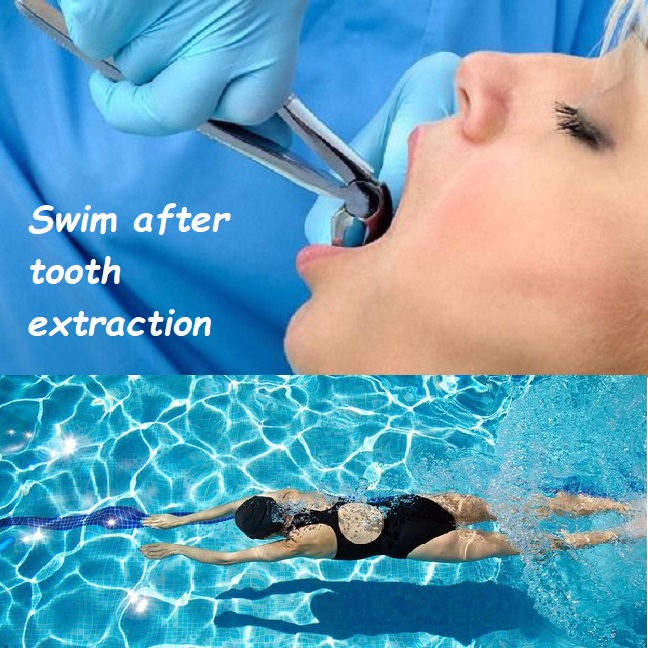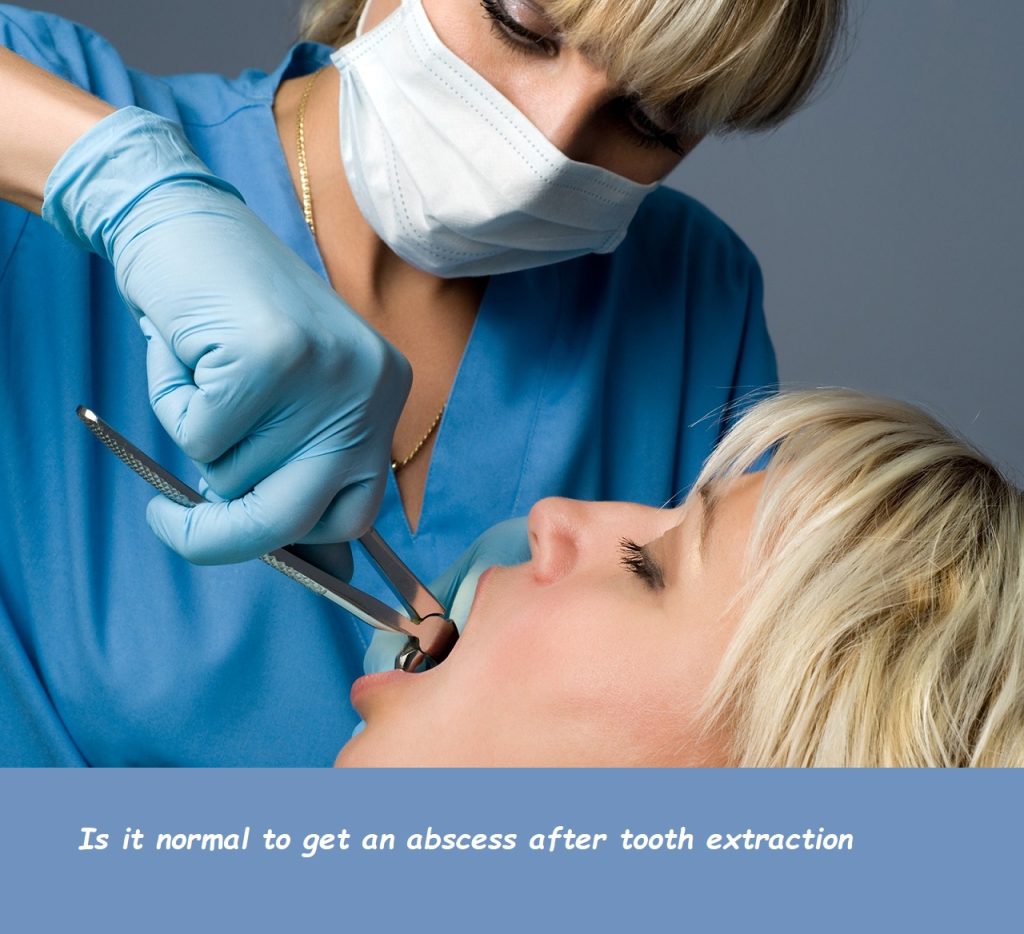Is bone graft necessary after tooth extraction
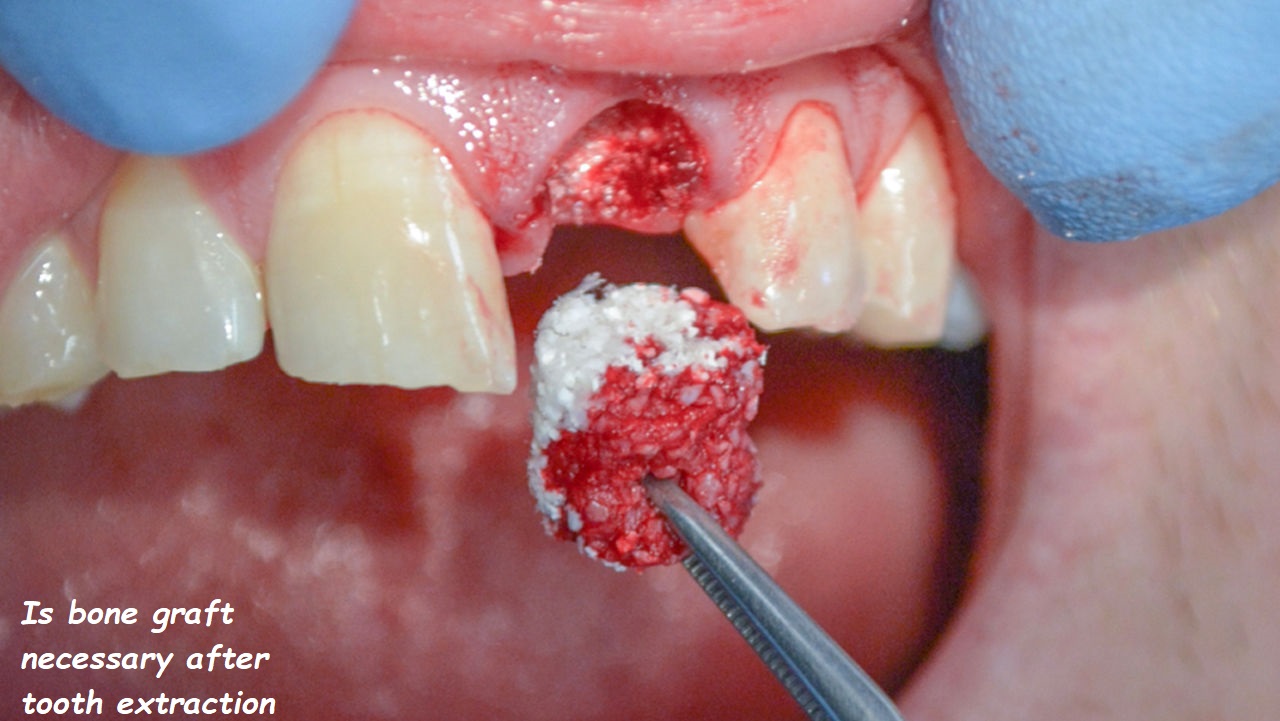
Tooth extraction can sometimes lead to bone loss in the jaw, which can affect the stability of surrounding teeth and the success of future dental implants. This has led to the common question: “Is bone graft necessary after tooth extraction?” The answer depends on several factors, including your dental health, the location of the extracted tooth, and your plans for tooth replacement. This guide will explore the necessity of bone grafting after tooth extraction, its benefits, and the procedure involved.
Introduction
Bone grafting is a surgical procedure that replaces missing bone in your jaw with material from your body, a donor, or a synthetic source. This procedure is often recommended after tooth extraction to preserve the jawbone and prepare the site for a future dental implant. Understanding when and why a bone graft may be necessary can help you make informed decisions about your dental health.
What Is a Bone Graft?
A bone graft involves transplanting bone tissue to repair and rebuild diseased or damaged bones. In the context of dental health, a bone graft is used to maintain the structure of the jawbone after tooth extraction, ensuring there is enough bone to support a dental implant or other restorative treatments.
Reasons for Tooth Extraction
Teeth may need to be extracted for various reasons, including:
1. Severe Decay When tooth decay is too extensive to be treated with a filling or crown, extraction may be necessary.
2. Gum Disease Advanced periodontal disease can damage the tissues and bone supporting the teeth, leading to the need for extraction.
3. Trauma Teeth that are severely damaged due to injury may need to be removed.
4. Overcrowding In some cases, teeth may be extracted to make room for orthodontic treatments.
5. Infection If a tooth infection cannot be resolved with root canal treatment, extraction may be the only option.
Why Bone Loss Occurs After Tooth Extraction
When a tooth is removed, the surrounding bone loses its primary function of supporting the tooth. Without the stimulation provided by chewing, the jawbone in that area begins to resorb, or break down, over time. This bone loss can lead to several issues:
1. Changes in Facial Structure Bone loss can cause the jaw to shrink, leading to changes in facial appearance.
2. Difficulty with Implants Insufficient bone density can complicate or prevent the placement of dental implants.
3. Movement of Adjacent Teeth Bone loss can cause neighboring teeth to shift, leading to bite problems and misalignment.
Is Bone Graft Necessary After Tooth Extraction?
The necessity of a bone graft after tooth extraction depends on several factors:
1. Future Dental Implants If you plan to replace the extracted tooth with a dental implant, a bone graft is often necessary to ensure there is enough bone to support the implant.
2. Location of the Extracted Tooth Bone grafting is more commonly needed for teeth extracted from the upper and lower jaws’ front areas, where bone loss is more noticeable and can affect appearance.
3. Extent of Bone Loss If significant bone loss has already occurred or is anticipated, a bone graft can help restore the bone structure.
4. Overall Dental Health Your general dental health and the presence of conditions like gum disease can influence the need for a bone graft.
Types of Bone Grafts
There are several types of bone grafts used in dental procedures:
1. Autografts Bone is taken from another part of your body, such as the hip or chin. Autografts are highly effective as they use your own bone tissue, reducing the risk of rejection.
2. Allografts Bone is sourced from a human donor. These grafts are processed to ensure safety and compatibility.
3. Xenografts Bone is taken from an animal source, usually bovine (cow). The bone is thoroughly processed to be safe for use in humans.
4. Synthetic Grafts These grafts use man-made materials that promote bone growth and are biocompatible with human tissue.
The Bone Grafting Procedure
The bone grafting procedure typically involves the following steps:
1. Consultation and Planning Your dentist or oral surgeon will evaluate your dental health, take X-rays or scans, and determine the appropriate type of bone graft.
2. Anesthesia Local anesthesia is administered to numb the area, and sedation may be used for your comfort.
3. Graft Placement The chosen bone graft material is placed in the socket left by the extracted tooth or in the area of bone deficiency. The graft is secured and covered with a protective membrane.
4. Healing Over the next few months, the grafted material will integrate with the existing bone, creating a solid foundation for a dental implant.
5. Follow-Up Regular check-ups are essential to monitor the healing process and ensure the graft is successful.
Benefits of Bone Grafting After Tooth Extraction
Bone grafting after tooth extraction offers several benefits:
1. Preservation of Jawbone A bone graft helps maintain the structure and density of the jawbone, preventing bone loss.
2. Improved Implant Success By providing a solid foundation, bone grafting increases the likelihood of successful dental implant placement.
3. Enhanced Aesthetics Maintaining bone structure helps preserve facial contours and prevents the sunken appearance associated with bone loss.
4. Better Oral Health By preventing bone loss and shifting of adjacent teeth, bone grafting contributes to overall oral health and function.
Alternatives to Bone Grafting
While bone grafting is a common solution, there are alternatives for patients who cannot or prefer not to undergo the procedure:
1. Ridge Expansion This procedure involves widening the jawbone to create a stable foundation for implants.
2. Sinus Lift A sinus lift adds bone to the upper jaw in the area of the molars and premolars, where the bone is typically thinner.
3. Immediate Implants In some cases, an implant can be placed immediately after extraction, reducing the need for a separate grafting procedure.
FAQs
Q: Is bone graft necessary after tooth extraction for everyone? A: Not everyone needs a bone graft after tooth extraction. The necessity depends on factors like the extent of bone loss, location of the tooth, and future dental plans.
Q: How long does it take for a bone graft to heal? A: The healing process for a bone graft can take several months, typically 3-6 months, depending on the individual’s health and the type of graft used.
Q: Is bone grafting painful? A: The procedure is performed under local anesthesia, so you should not feel pain during the surgery. Some discomfort and swelling are normal during the healing process, but these can be managed with pain relievers.
Q: Can I get a dental implant without a bone graft? A: If there is sufficient bone density and volume, you may not need a bone graft. Your dentist will evaluate your jawbone and determine if a graft is necessary.
Q: What are the risks of bone grafting? A: As with any surgical procedure, bone grafting carries some risks, including infection, graft rejection, and complications from anesthesia. However, these risks are relatively low, and the procedure is generally safe.
Q: How much does a bone graft cost? A: The cost of a bone graft varies depending on the type of graft, the complexity of the procedure, and your location. It’s best to consult with your dentist for a detailed cost estimate.
Conclusion
Determining whether a bone graft is necessary after tooth extraction depends on several factors, including the location of the extracted tooth, the extent of bone loss, and your plans for future dental restorations. Bone grafting can provide significant benefits by preserving the jawbone, improving the success of dental implants, and maintaining facial aesthetics.
Consult with your dentist or oral surgeon to evaluate your specific situation and determine the best course of action. By understanding the importance of bone grafting and following professional advice, you can ensure a healthy, functional, and attractive smile.



